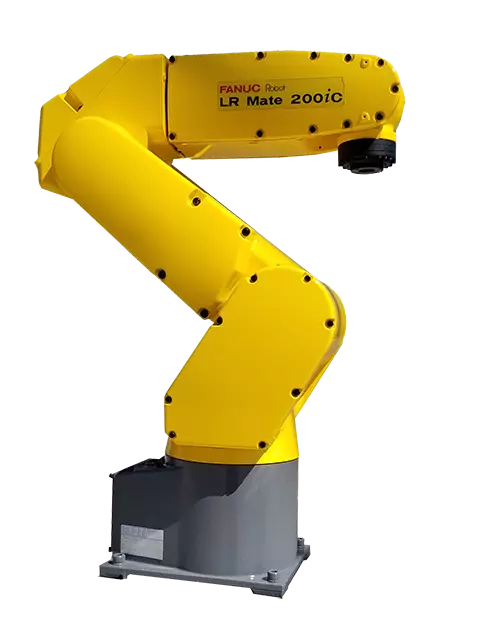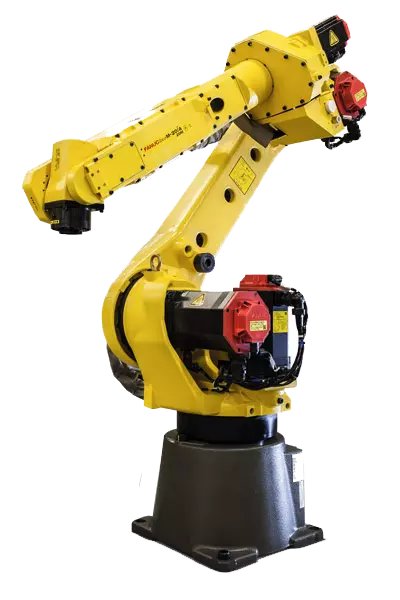Introduction to Industrial Robots for Beginners





Implementing robotic automation is a critical step towards improving your production processes. While adding industrial robots to your manufacturing floor brings exciting new possibilities it can also seem overwhelming as there is quite a bit to learn when it comes to robotic technology. Below is an introduction to the basics about industrial robots to help beginners gain a better understanding of them.
What Defines an Industrial Robot?
Not every robot is considered industrial. Industrial robots are mechanical machines programmed to automatically execute production related tasks while moving along three or more axes. A key characteristic of an industrial robot is that it is also reprogrammable, allowing for flexible automation. Industrial robots consist of five main components, the manipulator arm, robotic controller, sensors, drive, and end-effector. The FANUC M-20ia is an example of an industrial robot.Types of Industrial Robots
There are several types of industrial robots. The main ones include:- • Articulated - Articulated robots are the most common type of industrial robot. Their design closely resembles the human arm which allows them to mimic the same movements as the human arm. The ABB 6640 is an articulated robot.
- • Cartesian - Cartesian robots are sometimes referred to as linear or gantry robots. They feature a track system that allows them to move along three linear axes.
- • SCARA - SCARA robots are small robots that operate on three axes with rotary motion. They are configured with two parallel joints and feature a cylindrical work envelope.
- • Delta - Delta robots are also known as parallel or spider robots. The FANUC M-2ia along with other delta robots are designed with a domed body with three arms that extend below and connect to a single base.
- • Collaborative Robots - Collaborative robots or cobots for short, feature a similar structure as articulated robots but with rounder edges. They are the only robot type that can interact directly with humans. Their enhanced safety features allow for the elimination of safety barriers.
Robotic Applications
Today’s industrial robots can automate just about any production related task. Some of the most common robotic applications include:- • Arc Welding
- • Spot Welding
- • Assembly
- • Palletizing
- • Material Handling
- • Material Removal
- • Inspection
- • Dispensing
- • Painting
- • Packaging
Industries Using Industrial Robots
Industrial robots mainly started in the automotive industry. Today automotive manufacturers are still the largest user of industrial robots. Over the years robots have been added to other industries as well. These include:- • Electronics
- • Aerospace
- • Food and Beverage
- • Foundry
- • Warehousing
- • Oil and Gas
- • Agriculture
- • Consumer Goods
- • Medical Device
- • Pharmaceutical
Benefits of Industrial Robots
There are a number of benefits provided by industrial robots. Their accuracy and high repeatability will significantly improve product quality. Errors are rare and usually due to programming mistakes. High quality products are produced over and over with six axis robots. The reliability of robots is another benefit. They are always there to work, producing consistent quality. Costs are lowered as labor costs are reduced or eliminated along with reduced material costs through the elimination of waste. Utilities can even be lowered with their energy efficiency. Robots replace workers on dangerous tasks, creating a safer work environment. Productivity increases as robots operate at fast speeds without delays or breaks in between part cycles.Robots Done Right is the place to start when it comes to used robots. Contact us if you are interested in buying or selling a used robot.